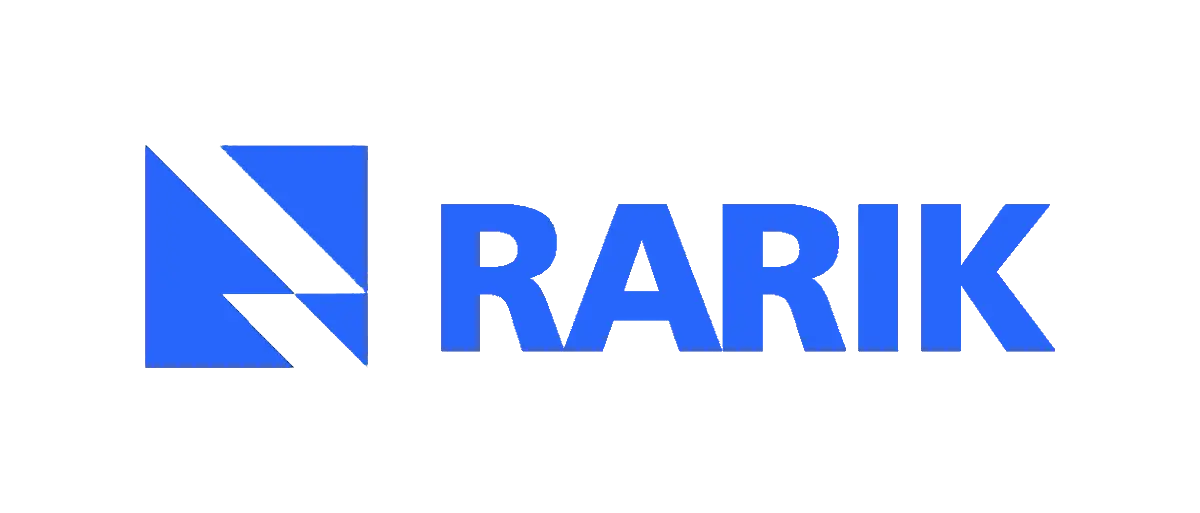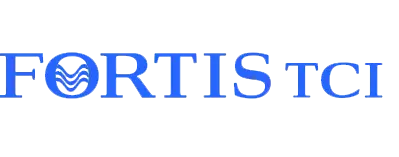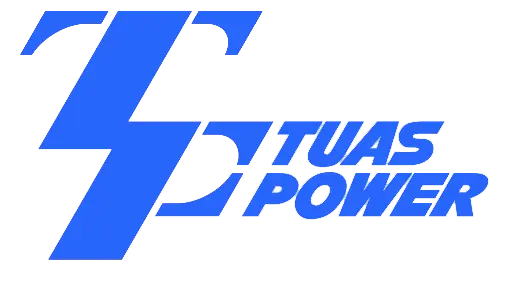Business Value
As mentioned, Sorgenia managed to consistently improve its business metrics since going live on Microsoft Dynamics AX and MECOMS platform. The company today boasts a set of meter-to-cash KPIs that put it in a league of its own, in Italy and beyond.
For the past year, Sorgenia managed to consistently keep its unbilled-for energy rate under 0.2% of its points of delivery, vs 2% when the system went live. This was done by establishing and improving pre- and mid-billing controls as well as post-billing quality checks. In addition, the company boasts a very solid 1% unpaid-for energy rate. “With KPIs like these, it is safe to say that when it comes to billing quality and collection, there is no company as good as Sorgenia in the Italian market, right now,” said Alessandro Bertoli, CIO, Sorgenia.
Since MECOMS is fully integrated into Microsoft Dynamics AX, all the functionality and company processes are in one, integrated system with a single, familiar user interface, one database and one set of business logics, providing a single version of the truth. A single platform also means a single business process management (BPM) framework, helping control and manage all workflows in a single environment. This makes it easier to ensure that data remains consistent throughout the meter-to-cash cycle, from prep and validation of billing input data (e.g., meter reads) and parameters (e.g., price list and contract info), down to the printing phase.
Regarding Sorgenia’s digital ambition, in 2018 alone, supported by the new platform and digital channels, the company managed to onboard 100,000 digital clients, Sorgenia’s integrated platform not only helped digitize the contact-to-contract process and streamline the meter-to-cash process cycle. Indirectly it acted acts as an anti-churn mechanism through good billing, flawless payment and better customer service.
Finally, compared to alternative infrastructure options such as in-house or housed data center, or traditional application hosting, IaaS gives Sorgenia’s business users higher systems availability and better data security.
Lessons Learned
Create Critical Mass Around Business Objectives
IT-line of business (LoB) collaboration was critical to Sorgenia’s program success. In 2017, the company created LoB process owners across its 11 business areas, tasking them with engaging the IT function across change requests, process evolution and service level agreement (SLA) compliance. At the same time, the company started to measure the IT function’s performance based on business KPIs. In the billing area, for example, unbilled-for energy was used as a universal metric committing every employee, including in IT, in addition to individual SLAs. Having an integrated platform supporting end-to-end processes helped Sorgenia’s LoB, IT function and Accenture speak the same language and share the same objectives.
Co-invest in a Lasting Strategic Partnership
Sorgenia was going to be the first company in Italy to deploy MECOMS, the first to localize it and move it to the cloud in combination with Dynamics AX. While certainly innovative and potentially very rewarding, Sorgenia’s choice wasn’t without risk. For it to play out, it required that all stakeholders have the right incentives and adequate return. Having Accenture, Ferranti, and Microsoft partner with Sorgenia for the long haul and co-invest in the solution was a winning strategy, and key to beating the program’s complexity. “By being the first utility to deploy MECOMS in Italy, adapting it to the local market and migrating it to the cloud, Sorgenia chose to be at the forefront of innovation in its sector. To be at the forefront, you need a technology ecosystem where every partner has the right incentives and returns to support your strategy,” said Bertoli.
Next Steps — Road to 1 Million
With its long-term growth target realistically achievable within four to five years, Sorgenia has activated a project (aptly called “Road to 1 Million”) to start evaluating alternatives for platform evolution. More specifically, Sorgenia and its partners need to decide whether to:
- Scale the current platform further so it can comfortably manage two to five times the current number of customers, ideally taking Sorgenia to the price liberalizationdeadline of July 2020. During cloud migration, Sorgenia and its partners have already identified specific areas of work in order to further improve the solution’s task parallelism; or
- Quickly migrate to the latest 365 versions of Microsoft Dynamics and MECOMS, trading a more stable solution for a less mature one that’s more feature-rich, capable and cloud-native.
Whatever decision is made, Sorgenia intends to walk the “Road to 1 Million” with the same strategic partnership approach that has characterized its IT transformation program so far. Starting at the end of 2018, Sorgenia also created a decoupling layer replicating MECOMS data in a Cloudera environment, that the mobile app and web frontend communicate with via API gateway. On one hand, this helps boost the online performance of the company’s web and app services. On the other, it helps decoupling development on the digital platform, where Sorgenia works in weekly sprints, and IT system where monthly canvases are the norm.
Sorgenia also has a big data project designed, among others, to help the company push the envelope on customer experience and service personalization. The company has recently built a data lake, organically taking data mainly from MECOMS as well as from external sources like social networks. The appliance is built on components from Microsoft, Informatica, and Cloudera
The company has also activated work streams on voice interfaces (intelligent personal assistants), chatbots and is working on redesigning its award-winning customer self-service app.
ADVICE FOR THE TECHNOLOGY BUYER
Essential Guidance
Given its transformational nature and strategic scope, any utility approaching a similar project should consider the following:
- Don’t just digitize, digitally transform. Digital transformation is not only about digitizing existing processes. It is about leveraging digital technologies to do new things as well as do things differently. Successful digital transformers have a bold approach to their strategies that leverages market and technology discontinuity to bring lasting change to the business.
- Leverage cloud for business-critical systems. Under the right conditions, IaaS, PaaS and SaaS can offer the scalability needed to cope with accelerated growth, along with the necessary contingent flexibility. Nowadays, solution vendors and service providers can offer very lean deployment options even when complex business-critical systems are concerned.
- Build a strong technology ecosystem. The more disruptive a business strategy, the stronger should be the technology ecosystem supporting it. Creating the right incentives around a technology-led business vision, so suppliers can become partners is no easy task. However, the result can be extremely powerful.
- Fully align the business strategy and technology program. Let the future business systems be the backbone of the overall business strategy. Define the expected value from the transformation program and do the technical design and process improvement work around it. LoB and IT functions are often committed to different objectives and use different success metrics. Let business KPIs be a unifying language.
- Solve real problems for real customers. Simplifying customers’ lives translates into attracting, engaging, and retaining customers. Customers seek to eliminate complexity in their day-to-day existence. They seek to establish reciprocity in their interaction with utilities. Utilities should focus on finding needs and problems that can be cleverly solved.


